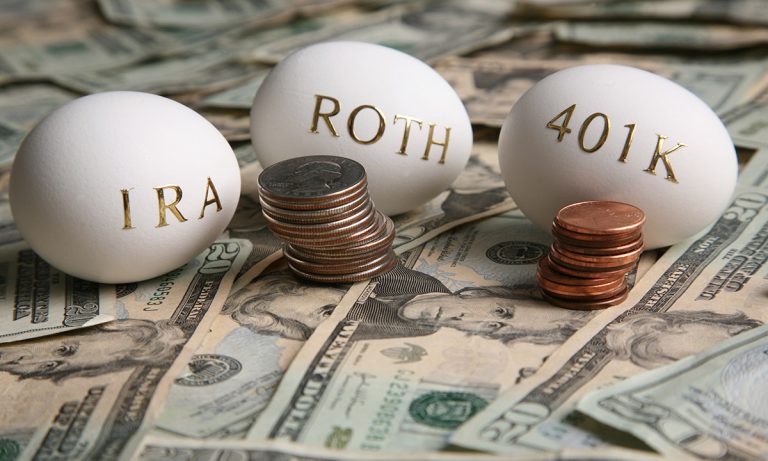Two accounts with tax advantages to encourage you to save for your retirement
Whether you just landed your first job or you are getting back into the job market, it’s a smart move to start thinking about your retirement. Check out the easy solutions that Finhabits offers to help you save for your retirement.
You’ve probably heard of 401ks plans, since they are one of the most common retirement accounts. A 401k is an employer-sponsored plan that is designed to help Americans build retirement savings. The bad news is that Nearly 57 million people — 48% of American private sector employees ages 18 to 64 — work for an employer that does not offer either a traditional pension or a retirement savings plan. That means that in many cases it’s up to each American to find ways to save for their own retirement. The good news is that there are options to start saving for retirement.
A simple alternative to help you save for retirement without having to rely on an employer are Individual Retirement Accounts (IRAs).
What is an IRA?
An IRA helps individuals save and invest money for the future while offering certain tax benefits for doing so. This type of account can also be a good idea if you’re planning to maximize your tax deductions. Ask your tax advisor for more information on this.
The difference between an IRA and a 401k plan?
Think of an IRA as a backpack. An IRA is yours and you keep with you wherever you work. On the other hand, a 401k plan is like a great big suitcase; you can put a lot of savings inside of them, but it isn’t as easy to take with you when you move on into a new job.
Don’t get me wrong, it’s great to have access to a 401k plan, especially if your employer matches your contributions, but not everyone has access to one, especially self-employed people.
There are two main types of IRAs: Roth and Traditional
Both Roth and Traditional IRAs have the same annual contribution maximums of $6,500 if you’re under age 50 and $7,500 if you’re age 50 or older. However, there are some differences in the way your money pays taxes over time and how you can access your money when needed.
When putting money in a Roth IRA, you won’t have to pay tax later on down the road. For some hourly workers, this tends to be the best saving option as they will likely make more money in the future (and want to pay less taxes). With a Roth IRA, you may withdraw the money you put in without having to pay any IRS penalties for early withdrawal.
Now, a Traditional IRA helps save on taxes today but you’ll have to pay tax when you withdraw the money in retirement. Those individuals who estimate that their income is higher now vs. retirement age prefer to save int a Traditional IRA. However, a Traditional IRA has some limitations when withdrawing money before retirement age. Generally, early withdrawal from an IRA prior to age 59½ is subject to being included in gross income plus a 10 percent additional tax penalty by the IRS. There are exceptions to the 10 percent penalty, such as using IRA funds to pay your medical insurance premium after a job loss.
Please consult with a tax advisor to find out if an IRA is appropriate for you.
Finhabits offers an easy way to open and manage both IRAs and 401k plans with automatic deposits and financial education included. Check out the easy solutions that Finhabits offers to help you save for your retirement.







